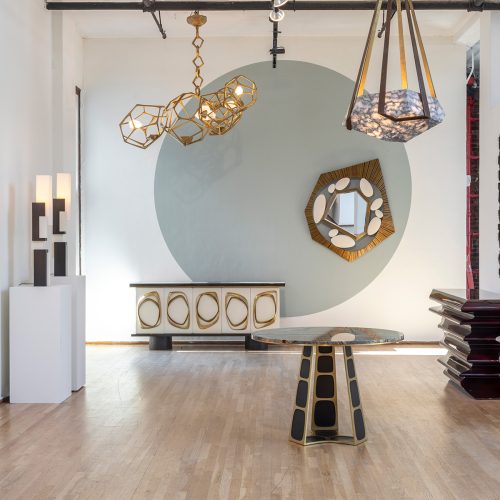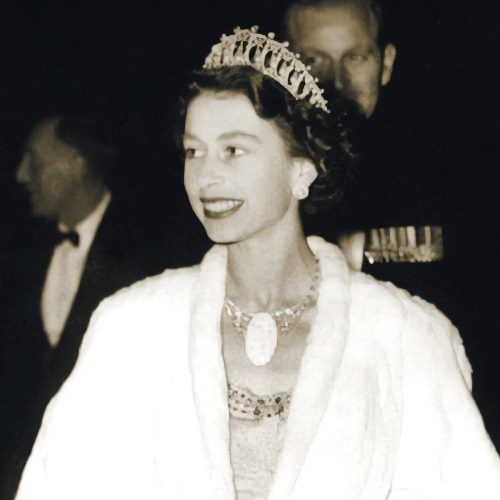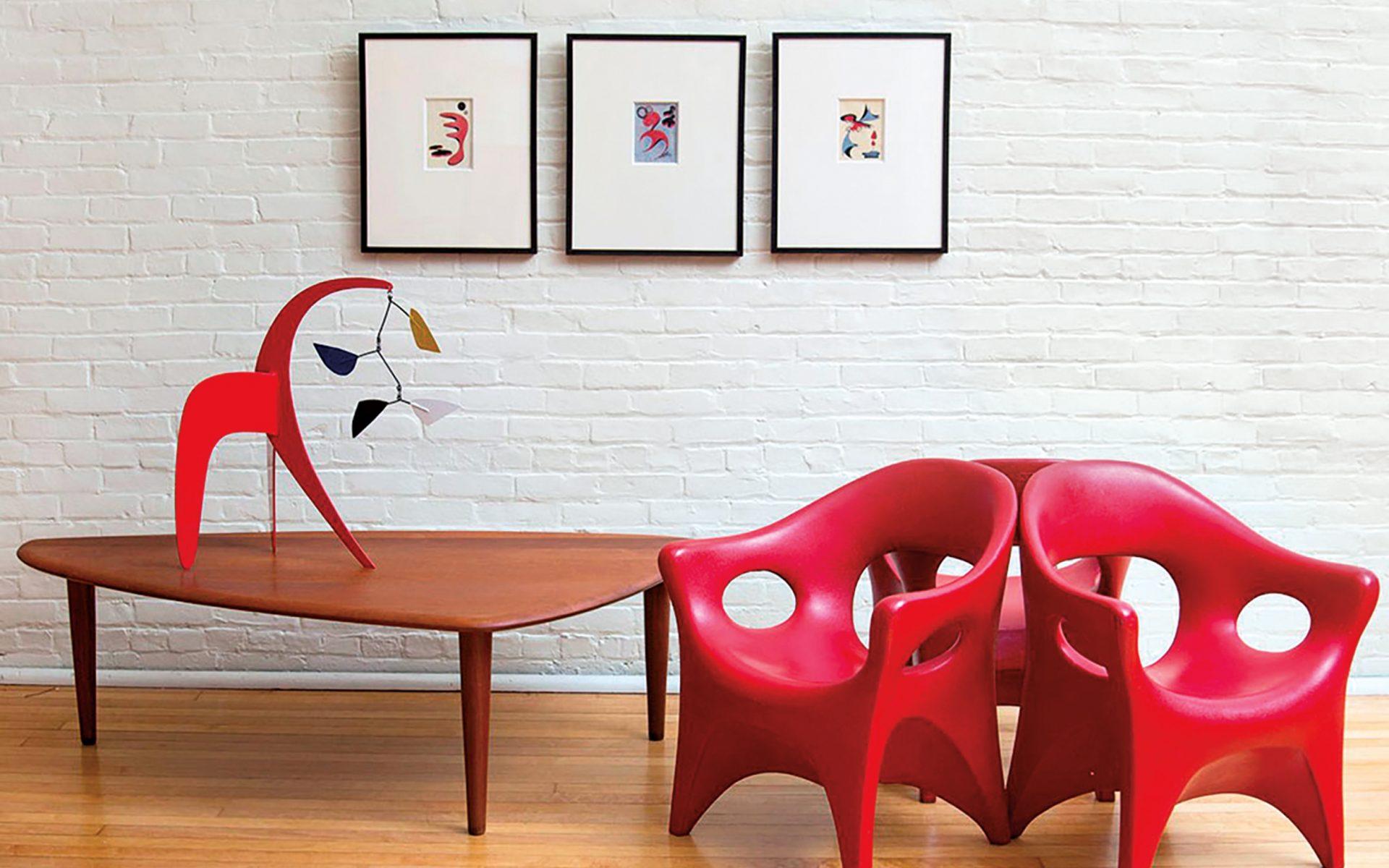

These Are the World’s Best Antique Markets, According to Top Designers
Frank de Biasi, Jamie Drake, Penny Drue Baird, and more share their favorite places to unearth antique treasures
Eagle-eyed interior designers rank among the savviest collectors of antiques out there. Whether it’s a provenanced piece acquired from an off-the-radar dealer or a buried gem salvaged from a pile of junk at a flea market, these highly experienced professionals live for the thrill of the next big find and the hunt for that elusive item that makes a room sing.
“I’m a big proponent of antiques,” says Frank de Biasi, who worked in the estate and appraisals department at Christie’s New York and as director of interiors for architect Peter Marino before launching his own interior design firm, known from Palm Beach to Morocco for its knockout design. “They’re the way to set yourself apart by adding a unique, personal touch.”
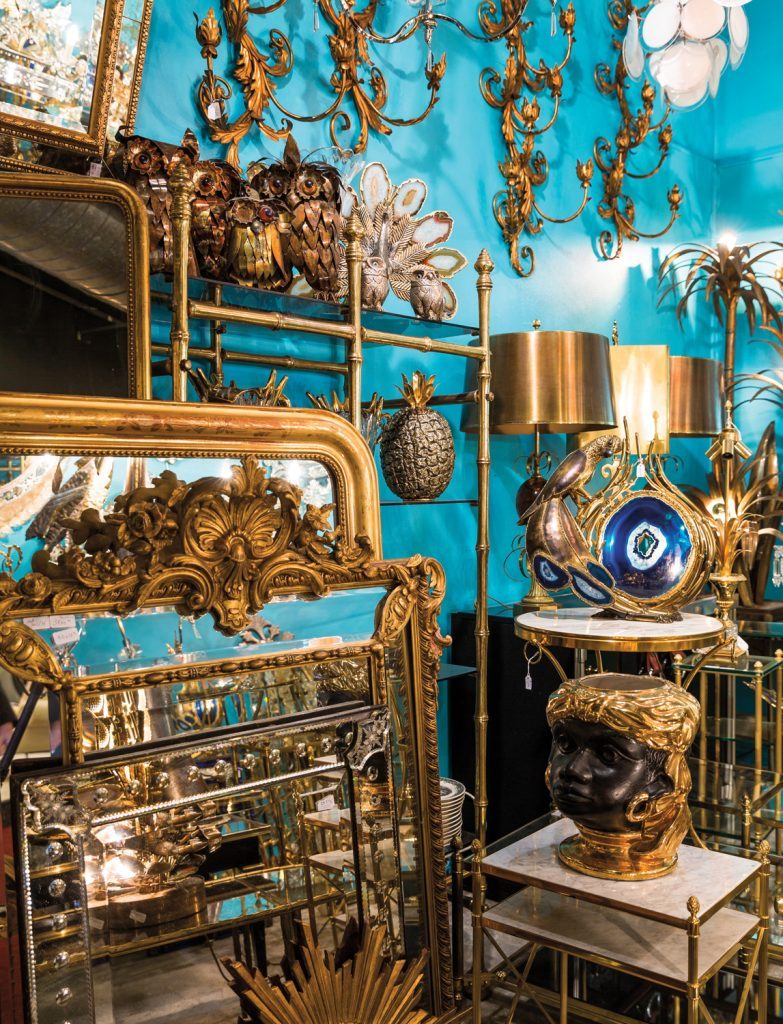
That search takes discerning designers on quests to cities near and far. Obvious destinations, such as Clignancourt in Paris and London’s Portobello Road and King’s Road, remain mainstays. “I’ve bought some amazing vintage rattan Italian chairs by Franco Albini, ceramic lamps by Bruno Gambone, and so many fantastic unsigned pieces of great quality and scale,” says interior designer Jamie Bush of the open-air markets he visits in Paris, Montpellier, and Avignon, France.
Recommended: 9 Top Designers Reveal How to Set the Perfect Holiday Table
For these seasoned buyers, a number of lesser-known places have also produced remarkable finds, including Vallauris ceramics discovered in L’Isle-sur-la-Sorgue, France; midcentury and retro furnishings found at the Sunday markets on Columbia Road in London’s East End; and Portuguese pottery encountered at the Feira da Ladra flea market in Lisbon.
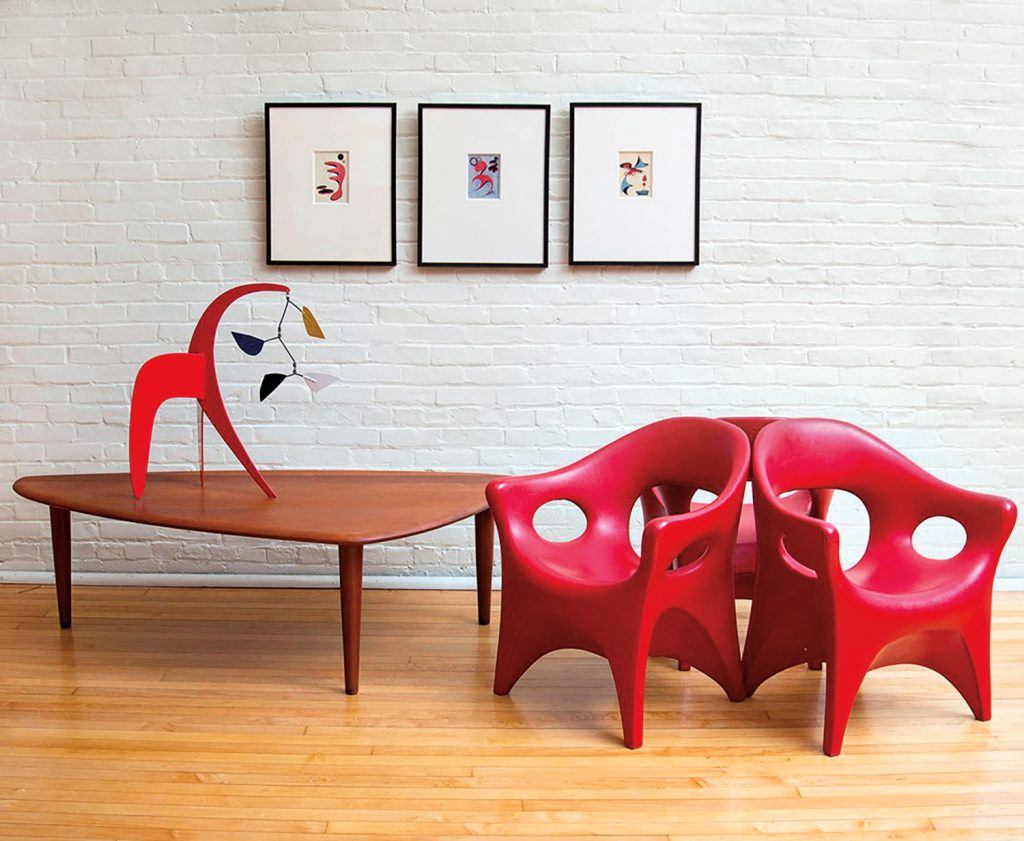
“There are very few cities where I don’t scout out the antique flea market scene,” says interior designer Hubert Zandberg by phone from a shopping trip to Amsterdam, Antwerp, and Brussels. “The cornerstone of design is to create dialogues between objects and fashion environments where the objects become more than the sum of their parts.”
“Carlton Hobbs in London is a true secret, as it is hidden in an old carriage house tucked behind unmarked garage doors off Pimlico Road,” says designer Jamie Drake, recalling the purchase there of a massive dining table that had been commissioned in the 19th century for the Brazilian imperial family for a dining room designed by his New York firm, Drake/Anderson. “The pieces range across countries and centuries, the common thread being each is spectacular and breathtakingly unusual, and all are selected by the unerring eye of the erudite, eponymous owner.”
The early risers and intrepid explorers usually reap the greatest rewards, says Zandberg. The Friday market on Portobello and Golborne Roads as well as the Sunbury Antiques Market at Kempton Park Racecourse are often overlooked wonderlands. In Berlin, the small markets at Straße des 17 Juni and Arkonaplatz, and the twice-yearly pop-up at the Keramik-Museum yield delightful ceramics, while the serpentine streets of Istanbul’s Galatasaray and Çukurcuma neighborhoods (far from the Grand Bazaar) are perfect for buying exotic furniture, ikats, soaps, and handmade textiles, Zanberg says.
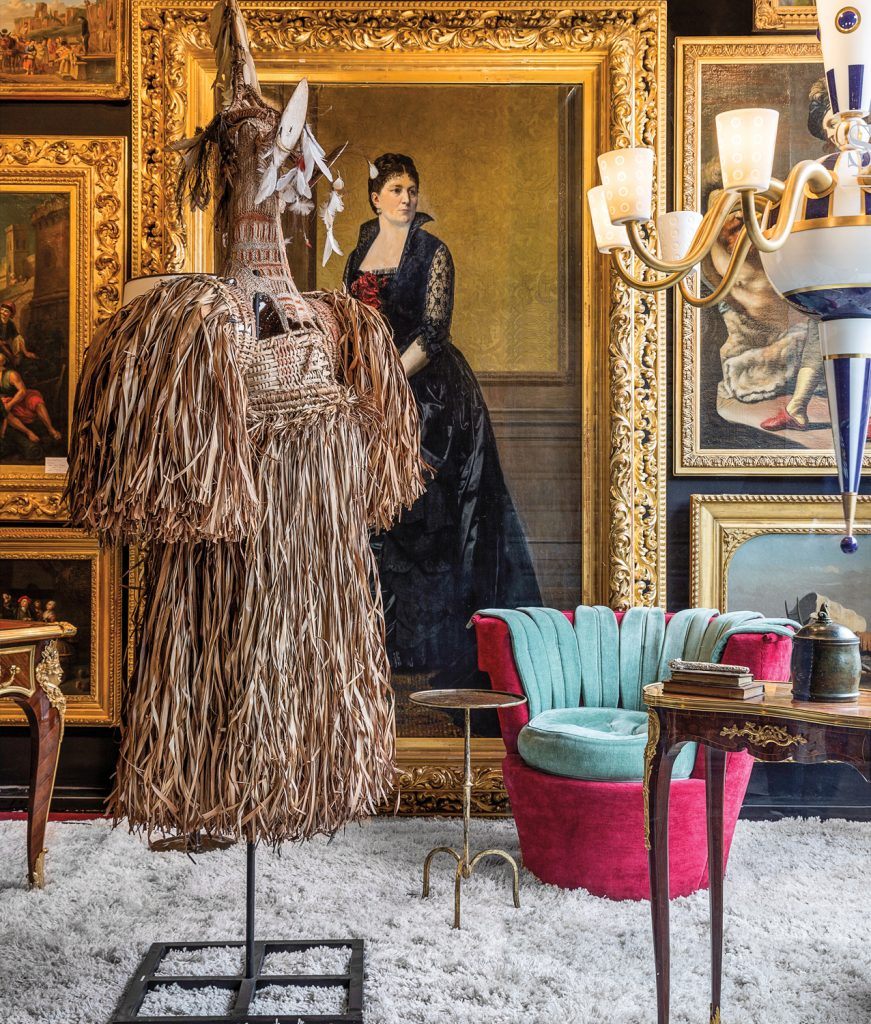
Spotting just the right antique, however, can be akin to noticing a needle in a haystack. Thankfully, the multitude of accent pieces available in many of the same flea market booths can turn a fruitless search into a bounty of riches. Designer Penny Drue Baird has been frequenting stores like Paris’s Au Bain Marie and Bachelier Antiquités at the Marché Paul Bert Serpette in Saint-Ouen for years to discover interesting tabletop pieces, small furnishings, and accessories. “This is an unusual store, because its merchandise centers only on cuisine,” says Baird of Bachelier. “There are bars, glassware, dishes, jugs, and copper of all kinds.” She also relies on Le Monde du Voyage for classic Louis Vuitton trunks.
Recommended: Tony Ingrao and Randy Kemper Create a Surreal Parisian-Style Loft at DDC
While these far-flung markets are invariably rewarding, prolific shoppers say the U.S. has its hot spots, too. Designer Charles de Lisle has discovered exciting accessories like antique cabbage-rose chintz fabric, a turn-of-the-century American Mannerist botanical still life, and army surplus jackets at such unique American stores as Reliquary in San Francisco and Paula Rubenstein in New York. Both Steven Gambrel and de Biasi love Hudson, New York—particularly Stair Galleries and the Barn Star Antiques show, which happens each October in Rhinebeck. Zandberg has found diamonds and dinosaur bones at gem shows in Tucson, Arizona. Bush stocks up on Brutalist jewelry from the 1960s and ’70s at Lisa Cliff Collection in Pasadena, and obtains works by California artists at the Landing and antiques at JF Chen in Los Angeles. “Joel Chen is hands down the most influential purveyor of antiques on the West Coast, if not the country,” says Bush.
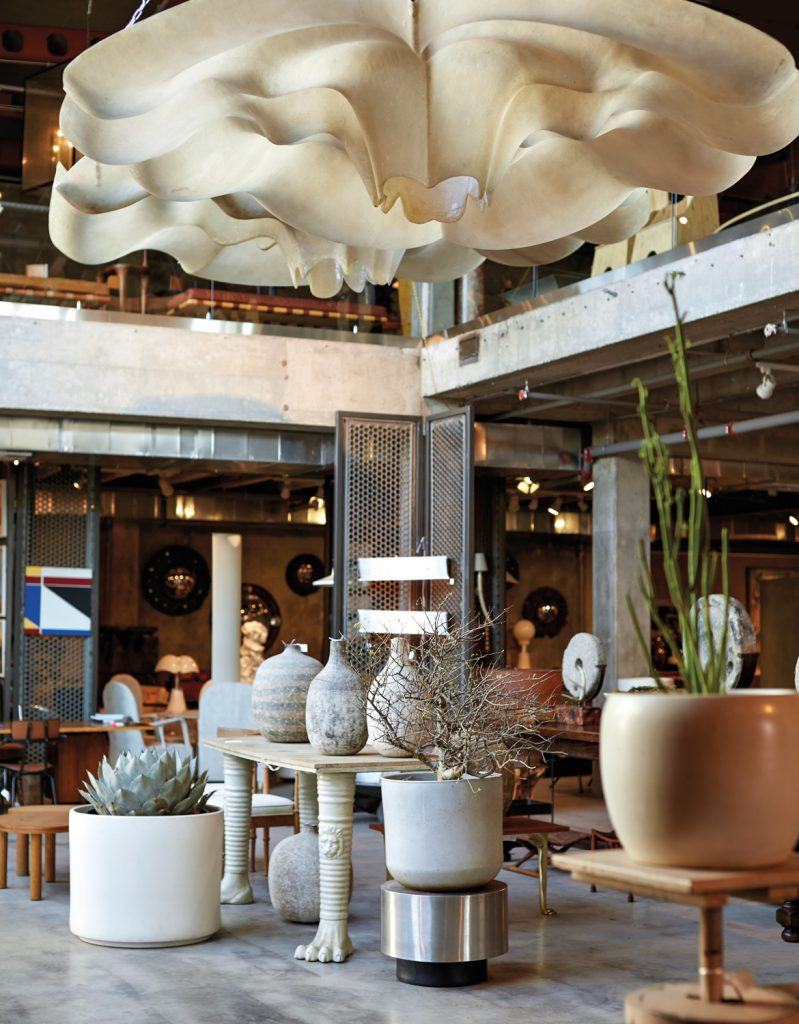
And although most designers are shopping with projects in mind, the majority can’t help snapping up a few special pieces for themselves. Zandberg’s treasures often have pride of place in either his Notting Hill studio or Television Centre apartment, while de Biasi used a late-19th-century ebonized octagonal Calamander table by E. W. Godwin in a few of his own homes before placing it in a client’s library. “I almost always try to live with the things I buy, at least for a while,” says Bush. “Eventually, I can’t help but place things I love in a client’s home.”
A version of this article first appeared in print in our 2019 Winter Issue under the headline “Search Party.” Subscribe to the magazine.


